Welcome to our Carnivore / Ketovore / Keto Online Community!
Welcome to Carnivore Talk! An online community of people who have discovered the benefits of an carnviore-centric ketogenic diet with the goal of losing weight, optimizing their health, and supporting and encouraging one another. We warmly welcome you! [Read More]
- Replies 22
- Views 2.3k
- Created
- Last Reply
Top Posters In This Topic
-
ketomonster 6 posts
-
Mesa_John 5 posts
-
Geezy 4 posts
-
Orweller 4 posts
Most Popular Posts
-
a doctor on youtube said to dab some on your skin inside of elbow, if after an hour or two the stain disappears, your body is low on iodine. he mentioned that formulation specifically. So there's th
-
As with any supplement you should find out if you are deficient first. If you don’t need it then you are just wasting money. There are many carnivores that don’t take iodine supplements because they
-
Found this graphic..... No iodine?


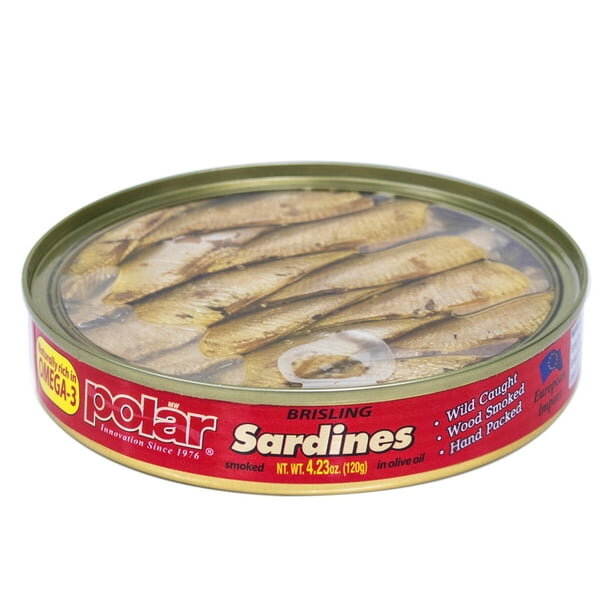
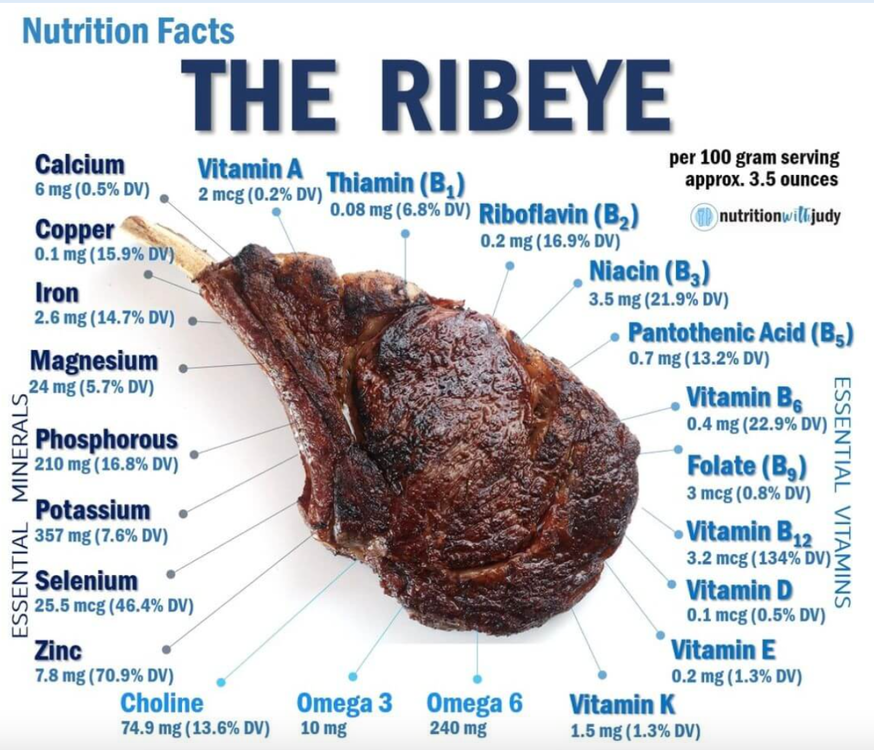
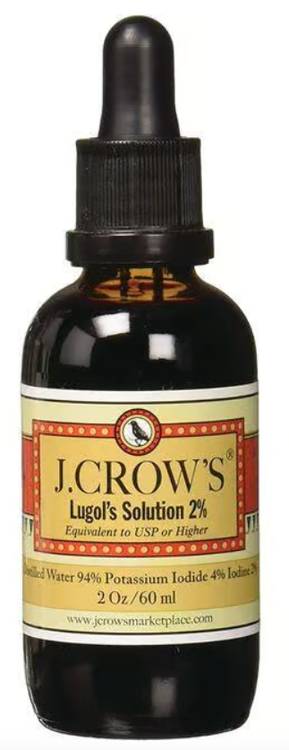

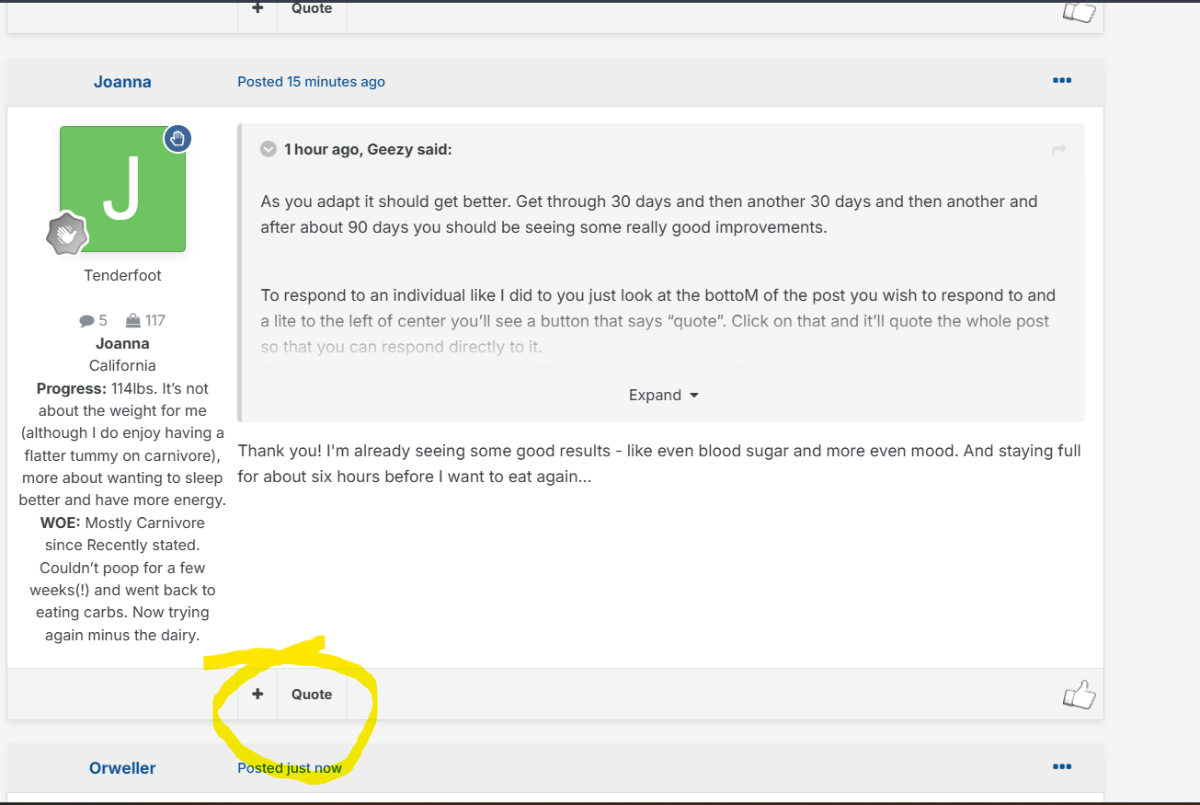

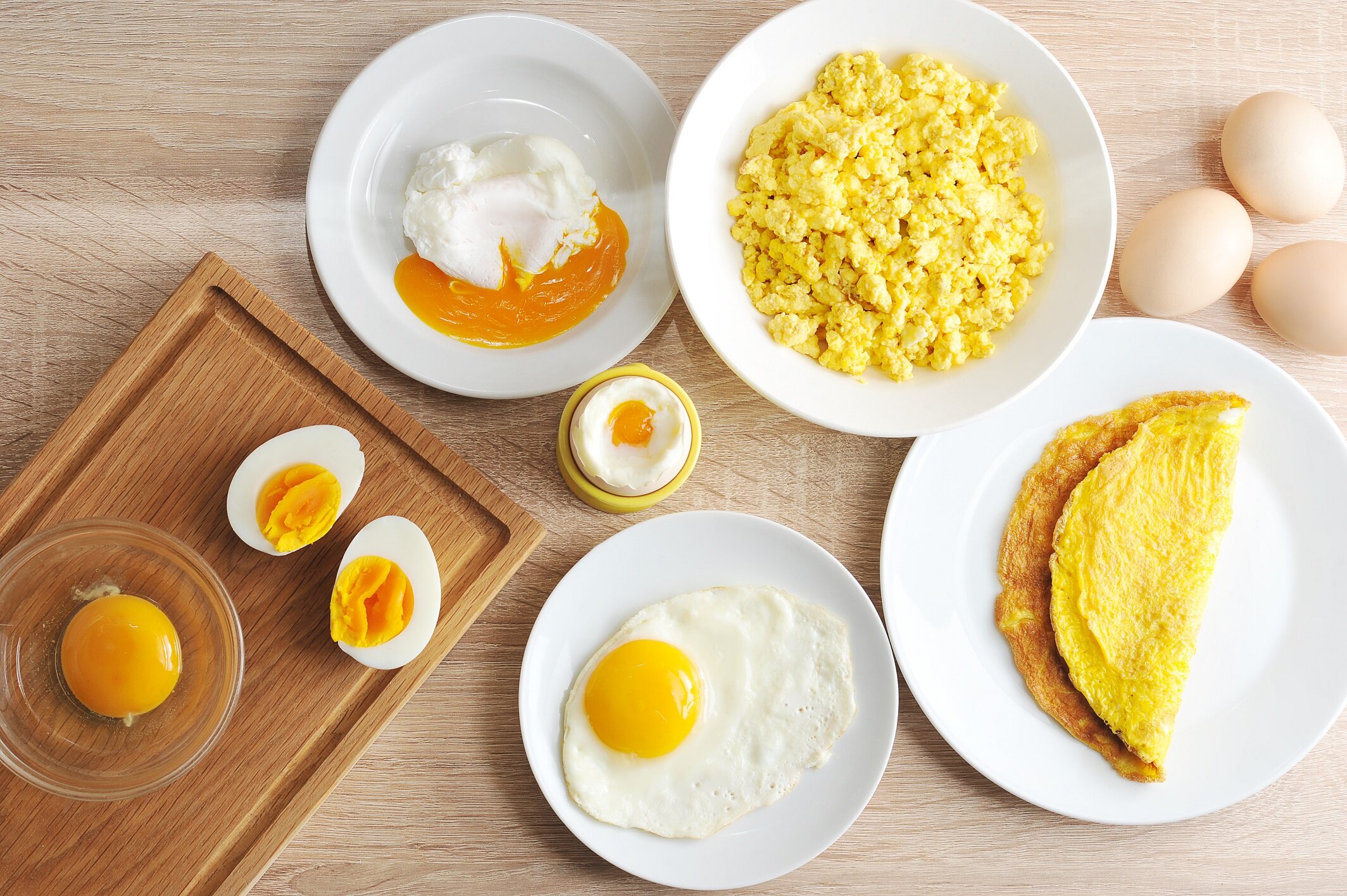




comment_9918Like some, I have started consuming Redmond Real Salt. It doesn't include Iodine. I know we need it, but wonder if any is in the meat we eat.... or if we should be supplimenting???
I also have Lugol's Iodine. I just have no idea how much I should be taking, if any at all.
This boy don't want no Goiter! hahahhaa